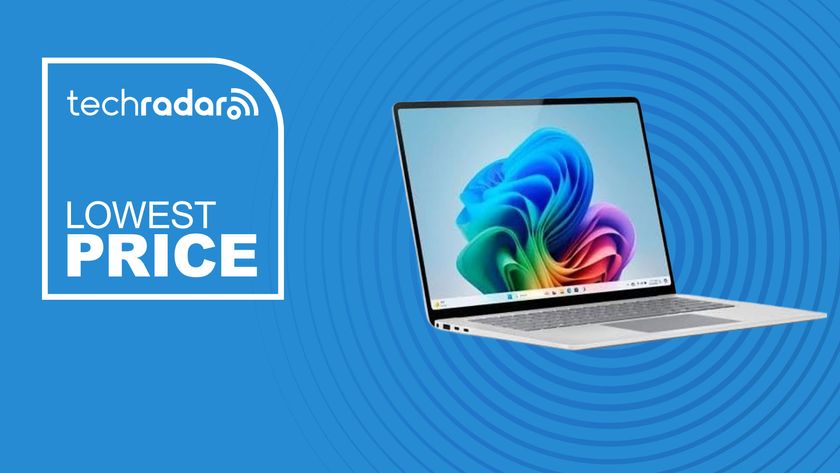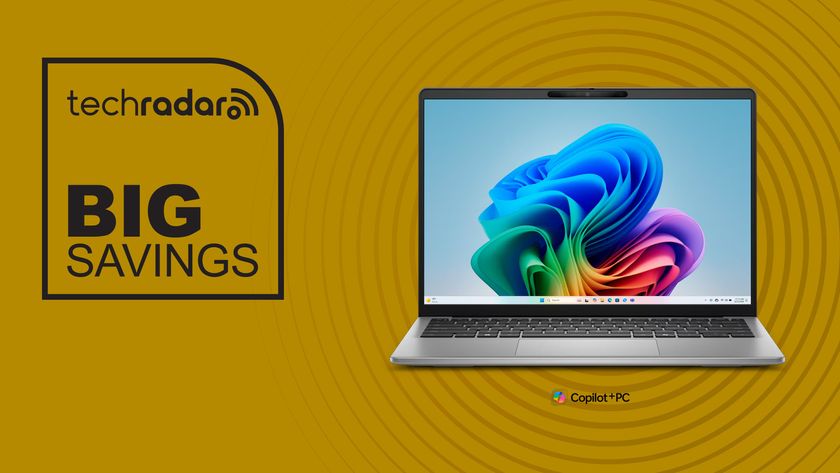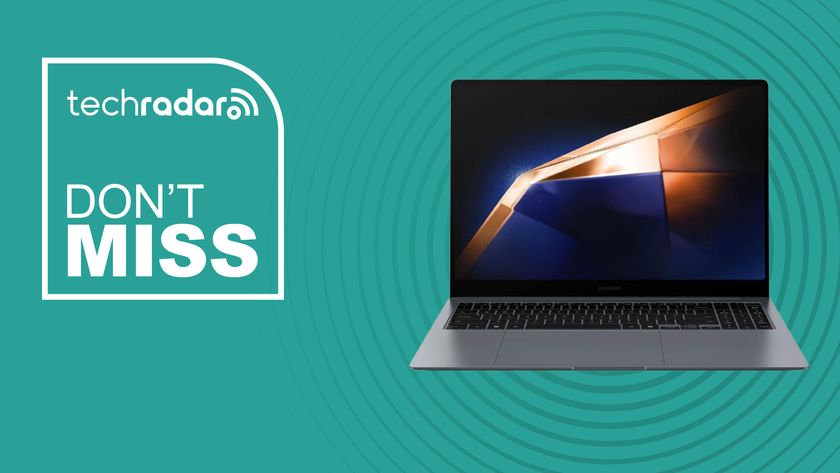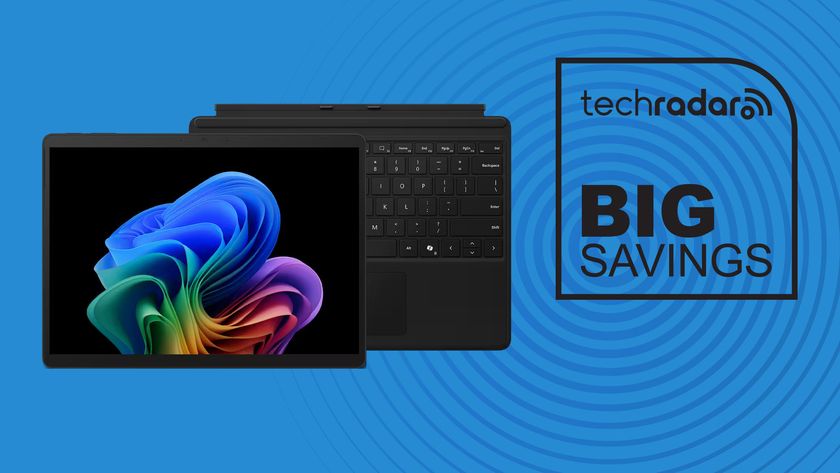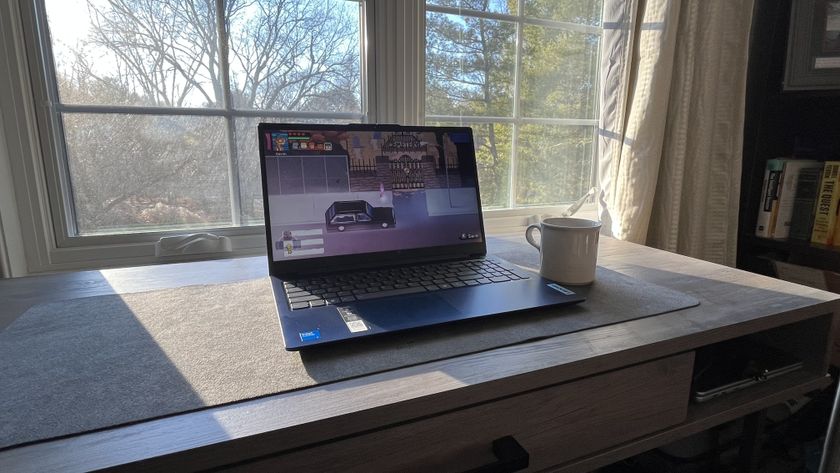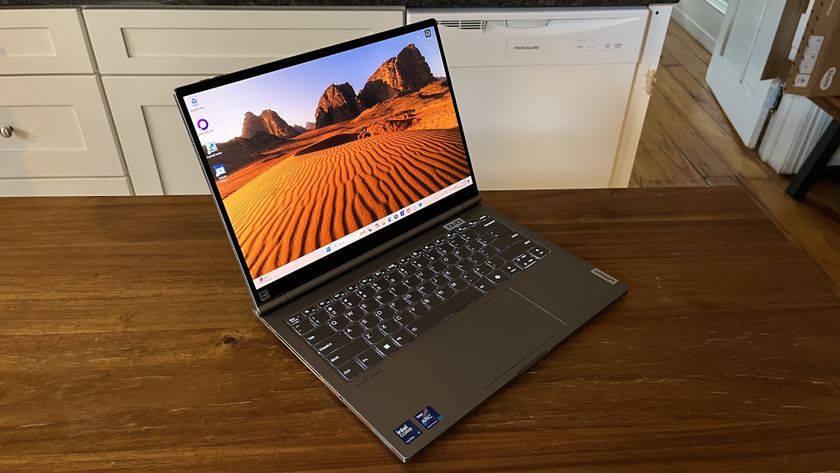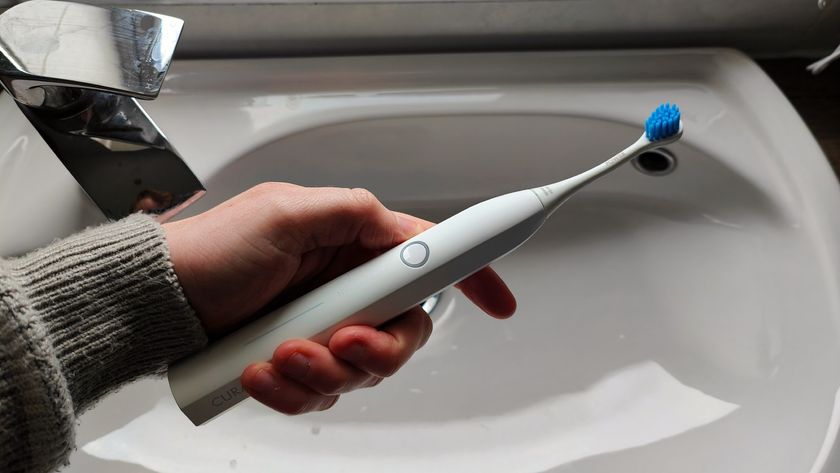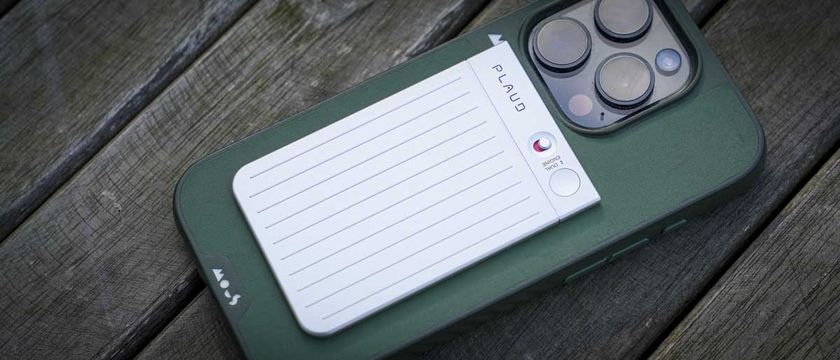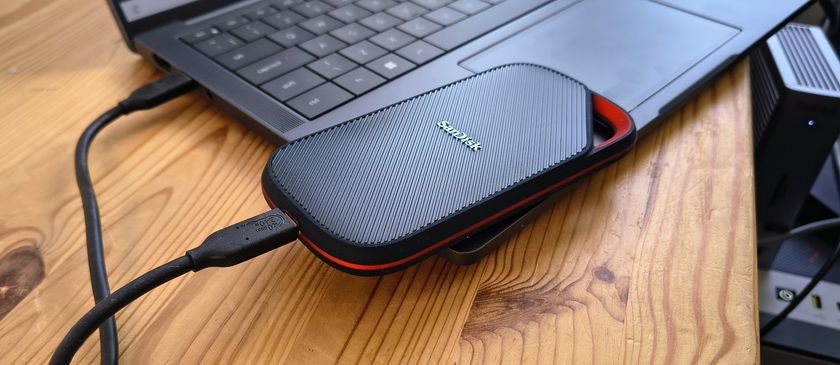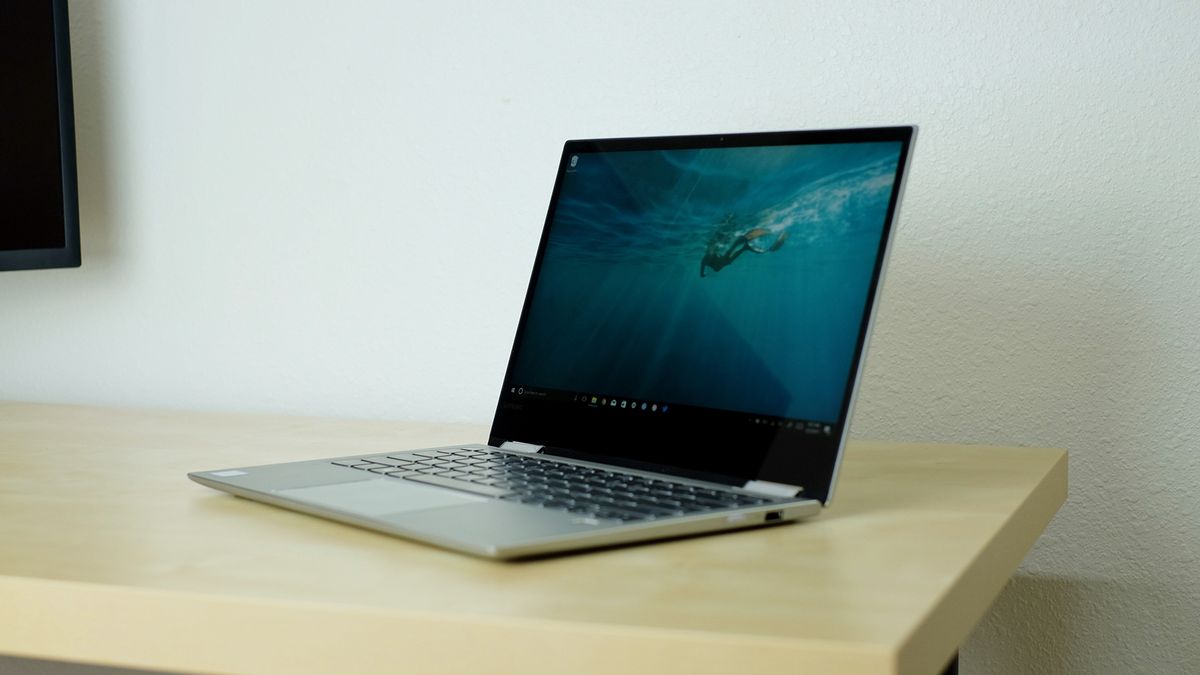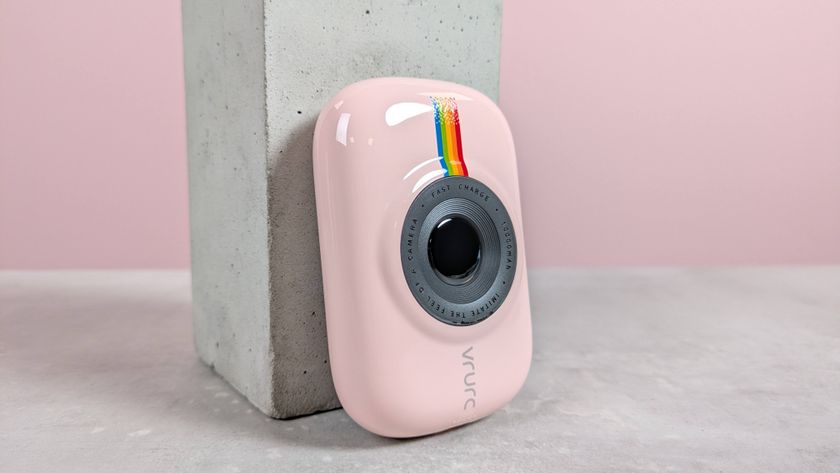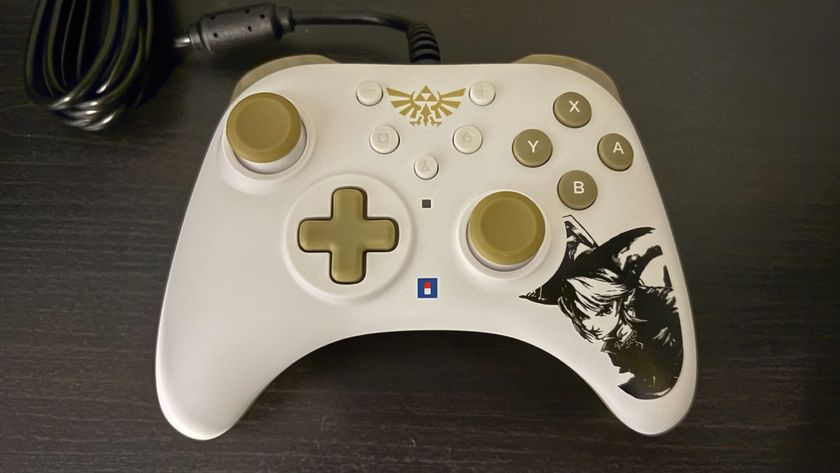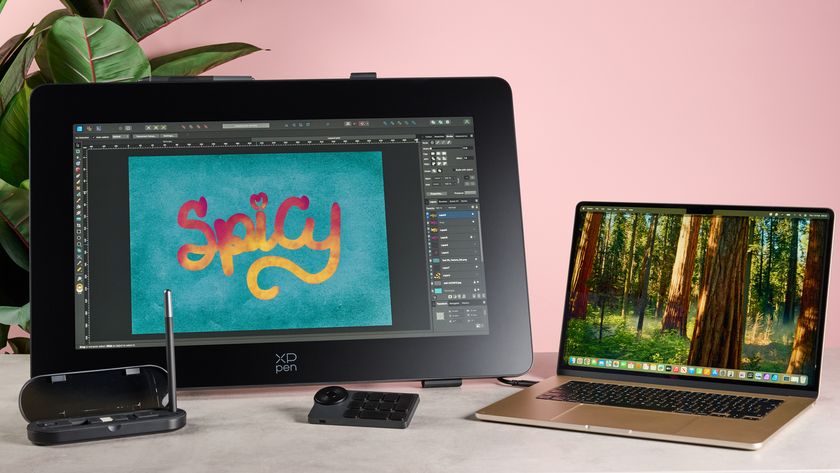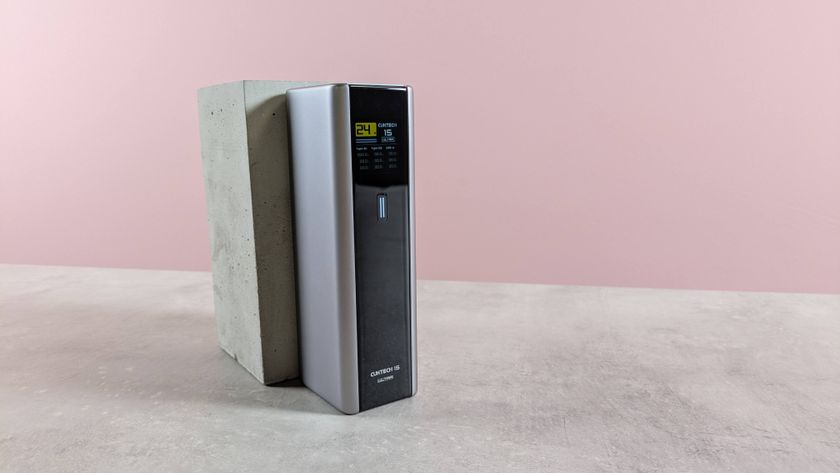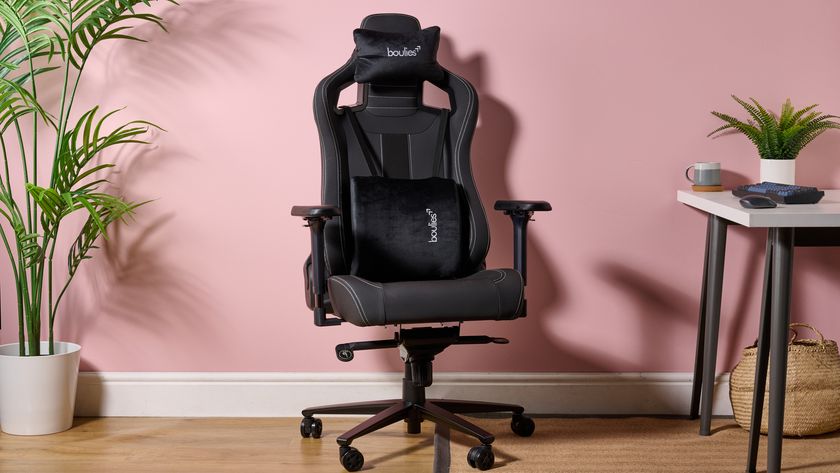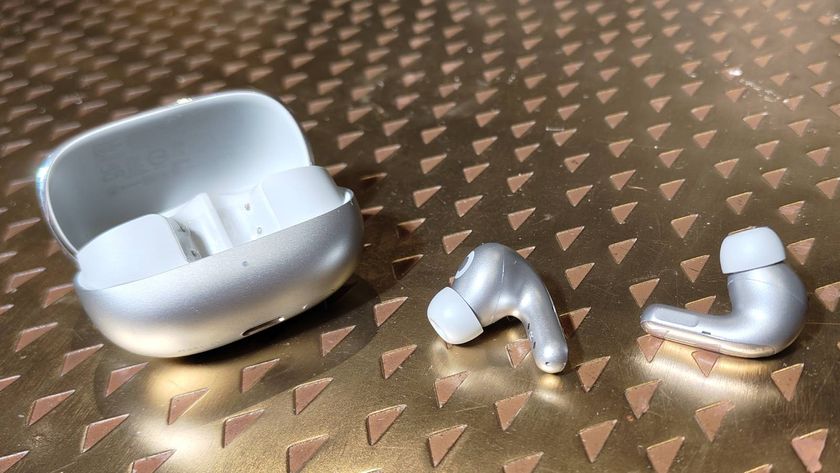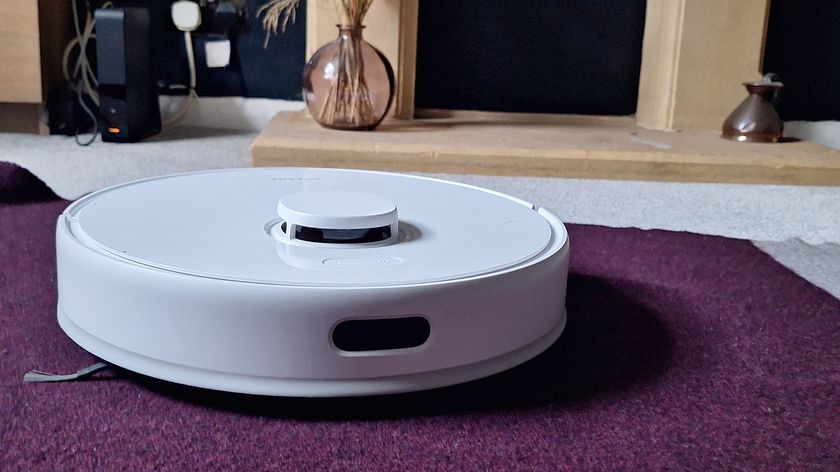TechRadar Verdict
The Lenovo Yoga 720 is a budget friendly 2-in-1 capable of handling what’s thrown at it, so long as you’re not expecting all-day battery life.
Pros
- +
Sturdy hinge
- +
Crisp display
- +
Responsive keyboard and touchpad
Cons
- -
The cooling fans run a lot
- -
Only one standard USB port
- -
No memory card reader
Why you can trust TechRadar
Lenovo’s Yoga 720 is a 2-in-1 laptop/tablet hybrid that can easily fool you into thinking it was designed specifically to be either dedicated device.
A fingerprint sensor seamlessly integrates with Windows Hello, regardless of whether it’s in laptop mode or even with the keyboard folded to the back when it’s used as a tablet. Its keyboard and touchpad don’t require new muscle memory; from the moment you open the lid, the key travel and smooth pad just feel right.
For the first time in recent memory, if not ever, we found ourselves flipping between laptop and tablet mode without pause. Between using the Yoga 720 as a laptop to get work done and flipping the screen over to use this 2-in-1 to browse the web or binge the second season of Master of None, we found very little to fault with this device.
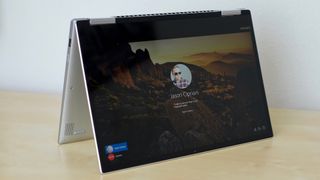
Here is the Lenovo Yoga 720 configuration sent to TechRadar for review:
CPU: 2.5GHz Intel Core i5-7200U (dual-core, 3MB cache, up to 3.1GHz)
Graphics: Intel HD Graphics 620
RAM: 4GB DDR4 (2,133MHz)
Screen: 13.3-inch, 1920 x 1080 FHD IPS anti-glare display
Storage: 256GB PCIe NVMe SSD
Ports: 2 x USB 3.1 Type-C, 1 x USB 3.0, headset jack
Connectivity: 802.11ac Wi-Fi, Bluetooth 4.1
Camera: 720p HD webcam
Weight: 2.9 pounds (1.3kg)
Size: 12.2 x 8.4 x 0.6 inches (310 x 21.3 x 1.43cm; W x D x H)
Price and availability
Lenovo is a global brand, and as such the Yoga 720 is found in the US, UK, and Australia. Though, the exact pricing and specs vary depending on your region.
For example, the Yoga 720 configuration we tested doesn’t appear to be available in the UK, with Lenovo instead starting the 720 UK product line with the i7 processor instead of the i5 found in the US and Australia.
In the US, Best Buy currently has the Yoga 720 discounted $100, to $729, from it’s regular $829 (about £638, AU$1,699) price. At either price point, the Yoga 720 is slightly more than the Asus ZenBook Flip UX360 and over $400 less than the Acer Spin 7.
In a market full of 2-in-1 devices, the Yoga 720 finds itself smack dab in the middle in terms of prices and specs.
This is partially due to the Yoga 720 boasting a 7th generation Intel Core i5 processor rather than a power saving-minded processor at this price point, as you would with the ZenBook Flip UX360. The benefit here is a boost in speed and performance and for not all that much more cash. That’s not a bad thing, save for battery life, which isn’t terrible, but it’s not what Lenovo claims.
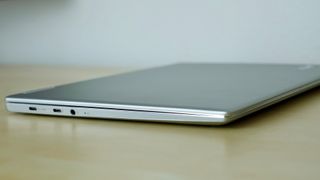
Design
Outside of the of typical Yoga logo on the top of the clamshell, the Yoga 720 lacks any standout design feature. It looks just like most laptops or 2-in-1’s currently available, which isn’t necessarily a bad thing. However, if you’re the kind looking for something that’s different, the Asus Zenbook Flip UX360’s spun metal housing is sure to catch your eye.
Flanking the right side is the power button and a lone USB 3.0 port. Lone, as in, that’s the only full USB port you’ll find on the 720. On the left side, you will locate the mic, 3.5mm headphone jack, and two USB-C 3.0 ports. The USB-C port closest to the back of the unit doubles as a charging port, with an indicator light tucked nearby.
Weighing 2.9 pounds, the Yoga 720 is light enough to tote around between classes or haul on a plane for a quick trip.
A small, but worthwhile feature to call out is the feet Lenovo used on the bottom of the Yoga 720. Using the device in laptop mode on various surfaces, ranging from unfinished wood to a glossy desk, the Yoga 720 stayed put.

Fingerprint sensor on point
Almost immediately after opening the laptop, a small square just beneath the End key caught our eye. This square is the fingerprint reader, and it not only works as you’d expect, but its placement is an ideal spot for such a feature.
In comparison, we recently took a look at the LG gram 13 which had a fingerprint reader in the top left corner of the touchpad. While it wasn’t a 2-in-1 as the Yoga 720 is, the odd placement made the sensor challenging and unreliable to use.
With the Yoga 720, however, the arrangement makes it easy to quickly scan a finger on your right hand, regardless of the device’s orientation. We would fold the keyboard back and begin using the 720 in tablet mode, but instead of having to tap out a PIN code on the screen, a quick swipe of a finger across the sensor would unlock Windows 10.
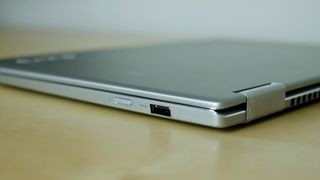
Leading-class hinge
Bad news: We will continue to harp on the quality of the hinge, especially when it comes to 2-in-1’s until there are no complaints left.
Good news: The Yoga 720’s hinge leaves little to complain about even if it isn’t as fancy as the watchband hinge found on the Lenovo Yoga 910. Instead of a display that wiggles and moves as you type or touch a digital button, there’s very little movement.
Good job, Lenovo. Now if we can convince others to follow your lead.
